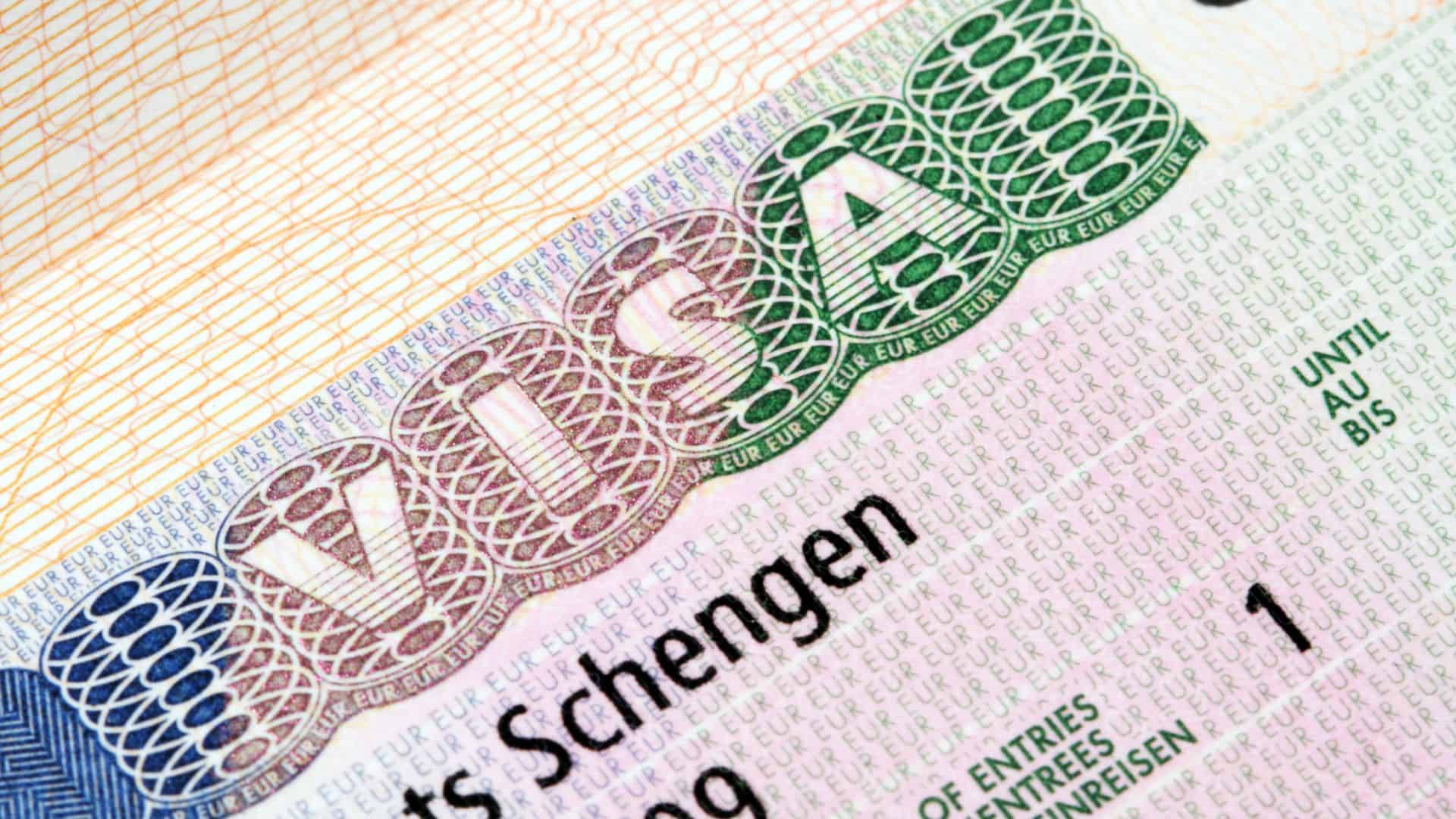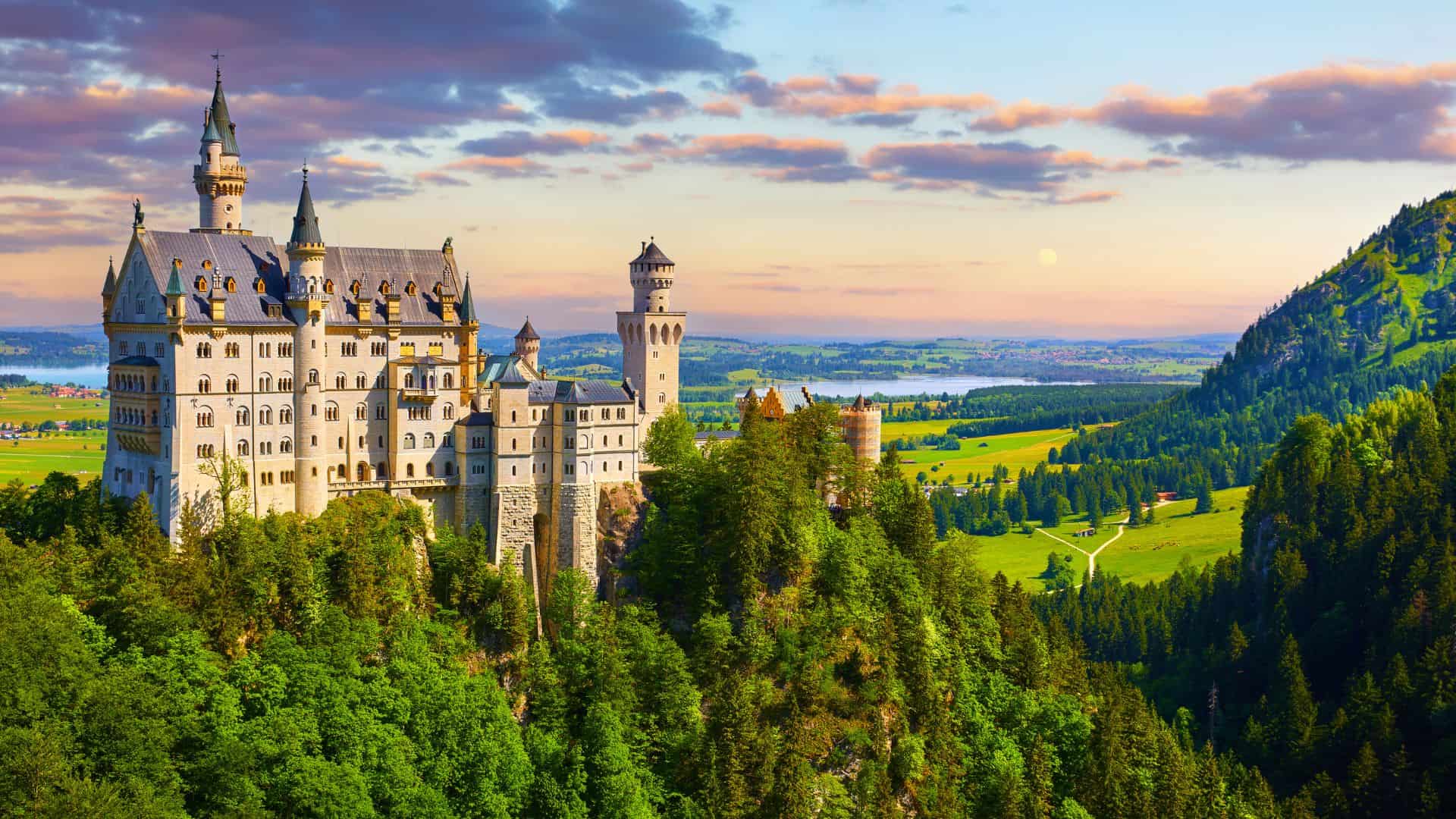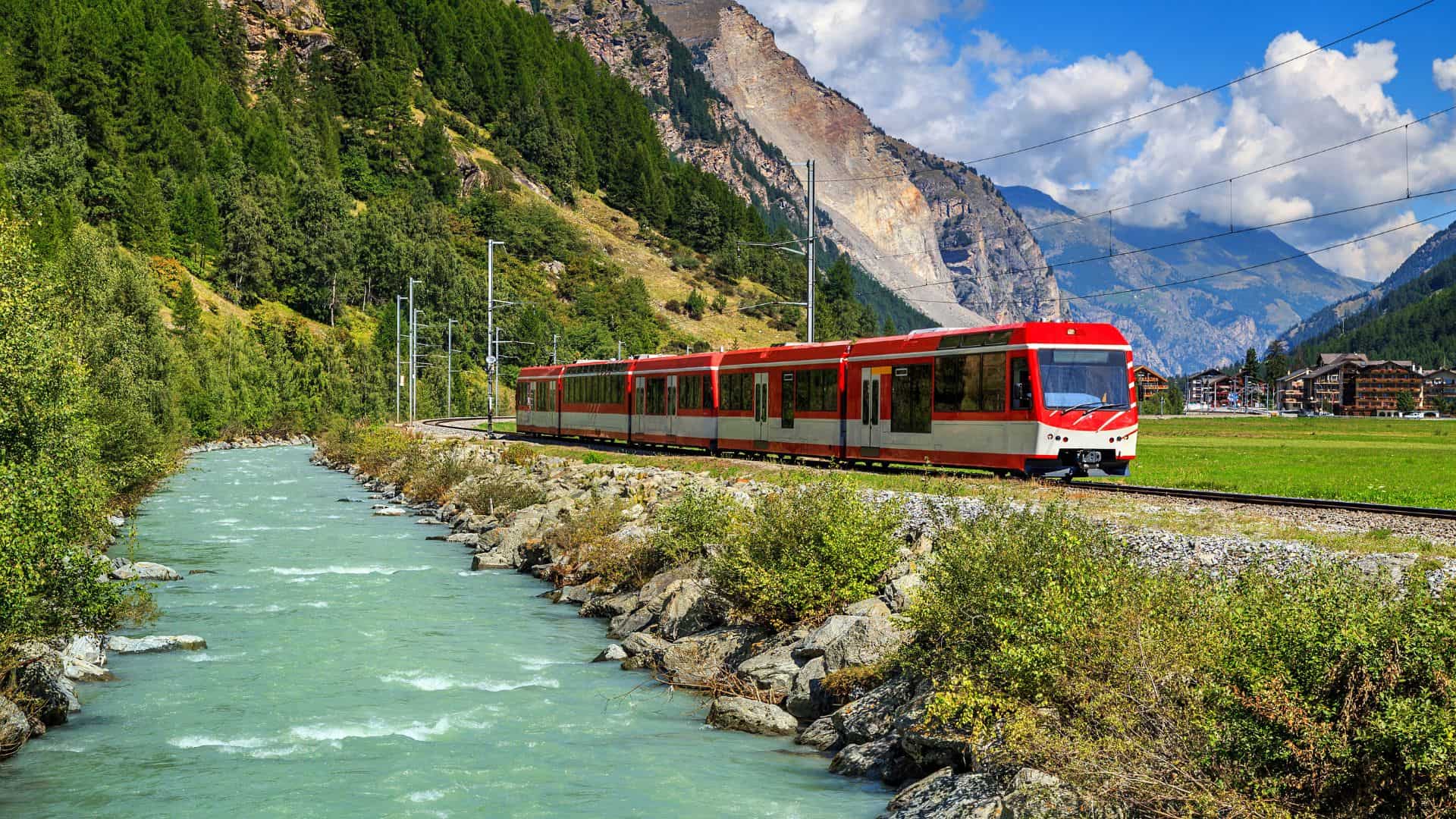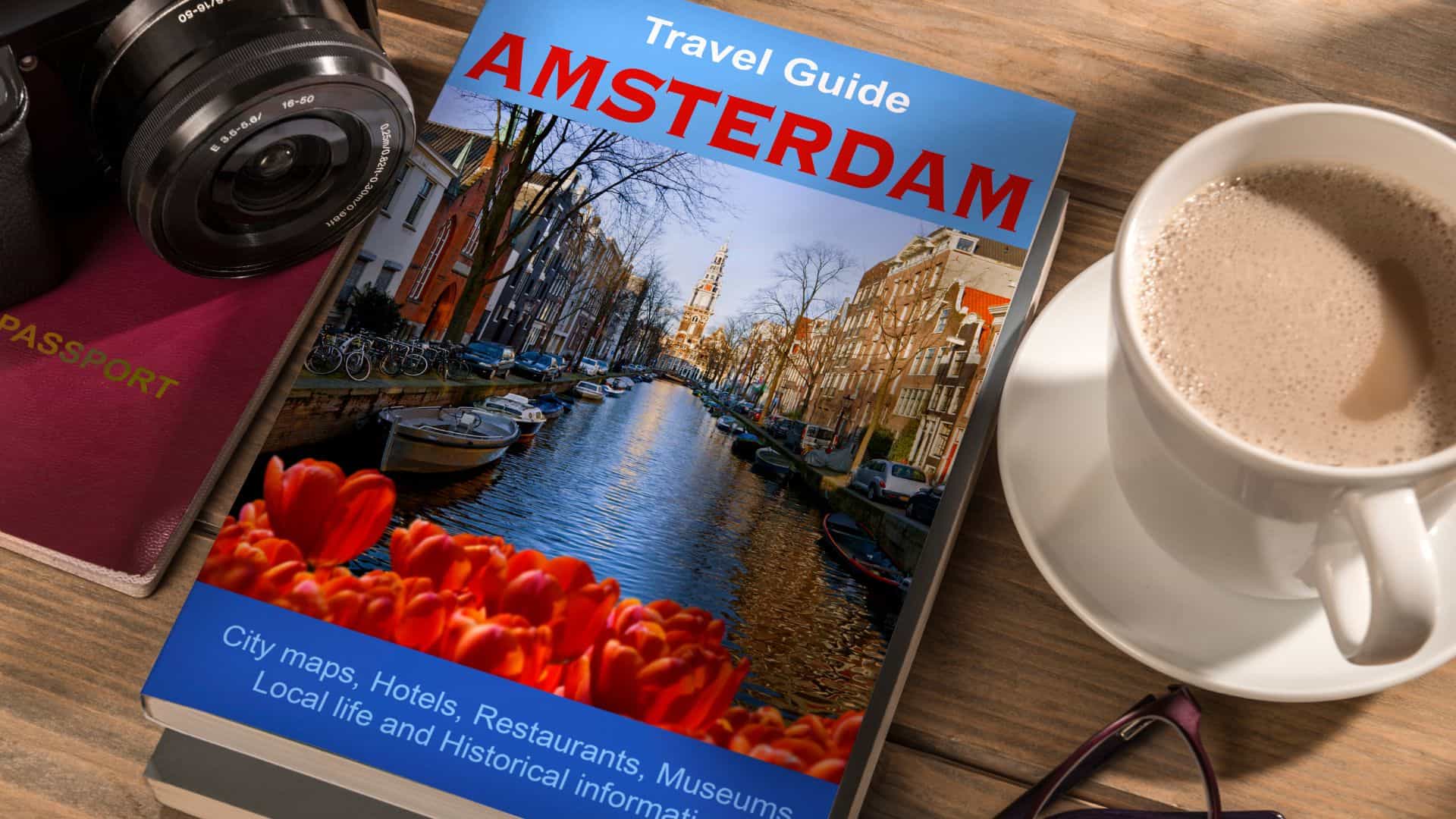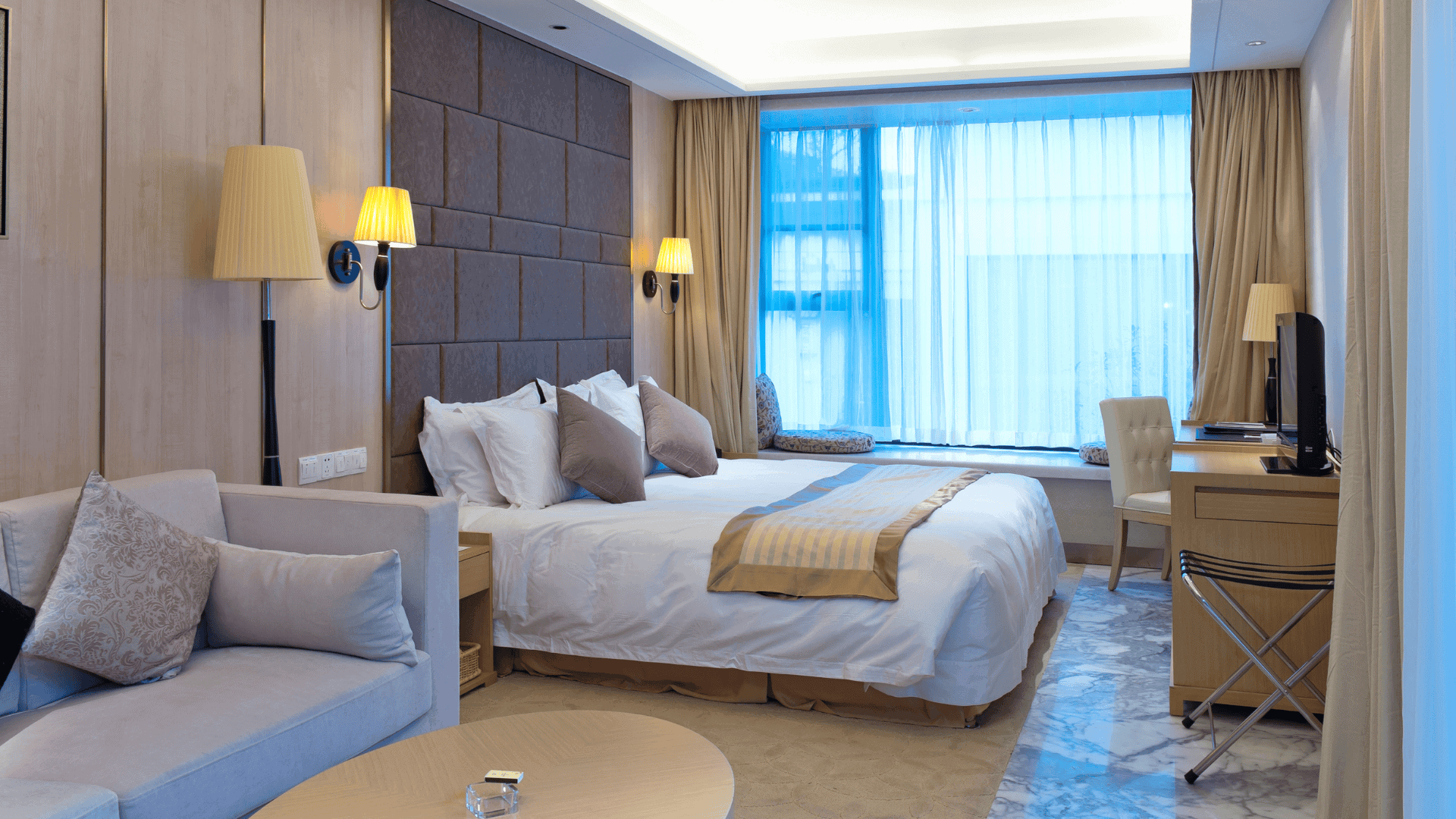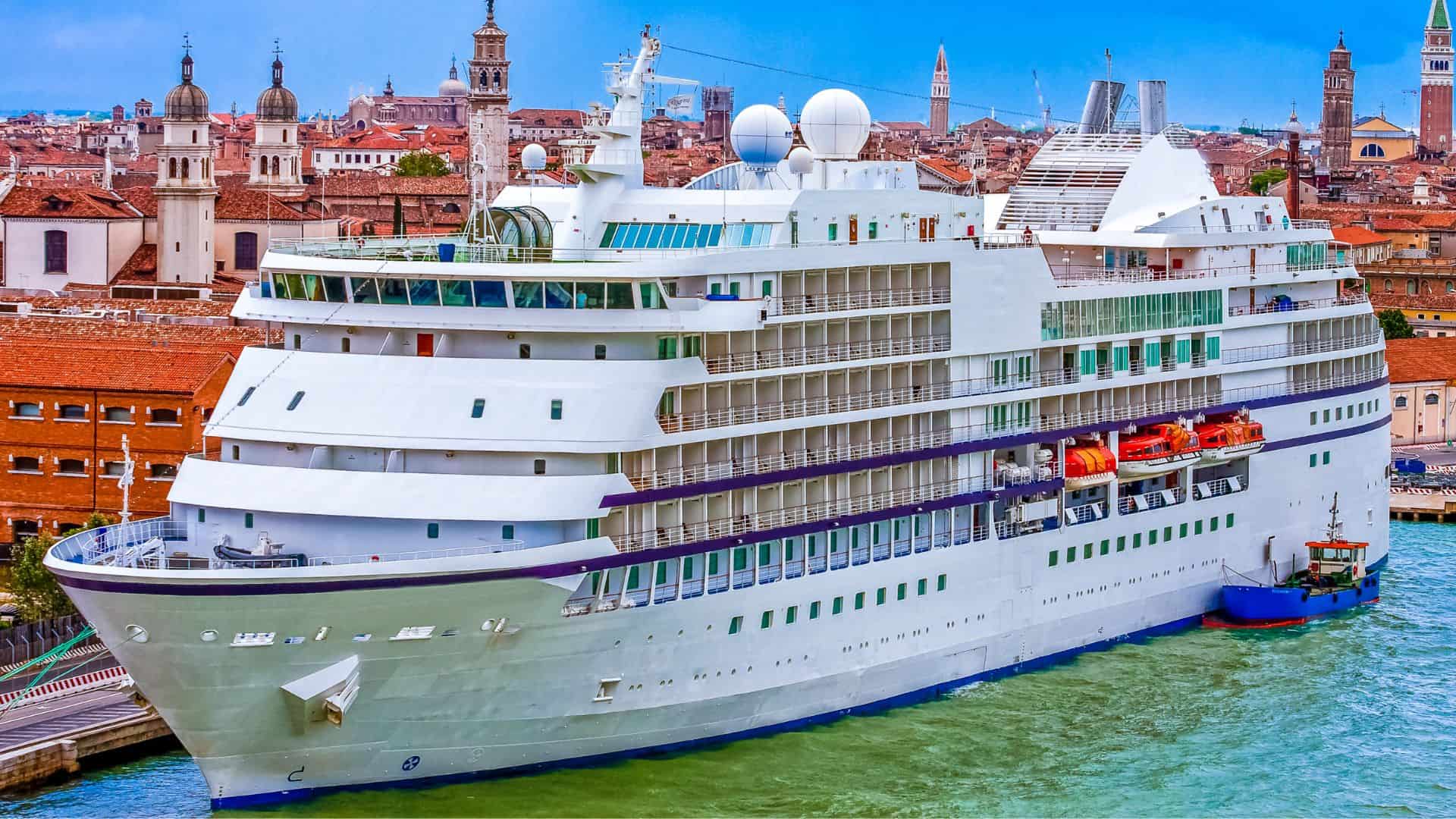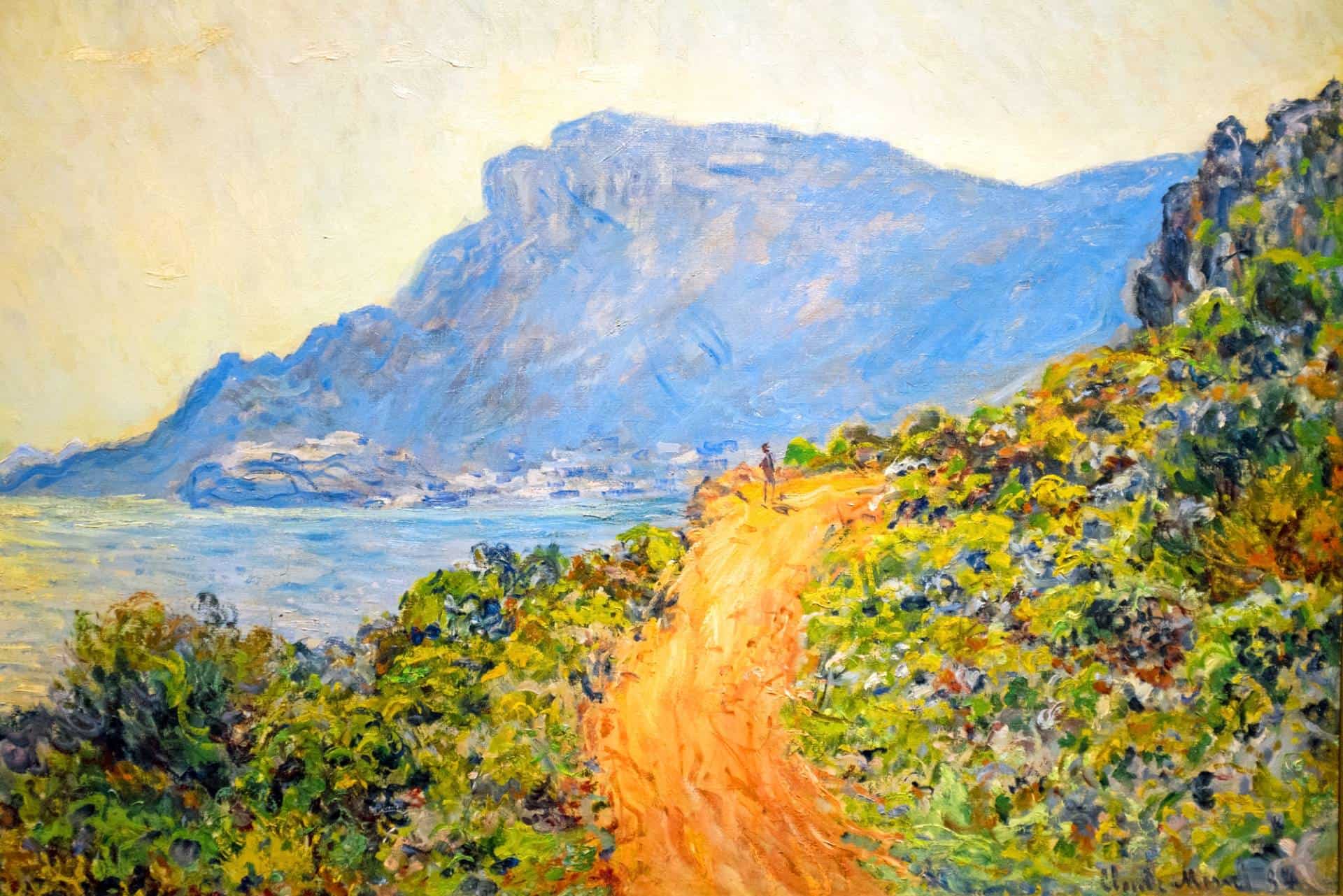
There's been a large number of artistic movements across Europe over the ages. We've compiled a list of the top 10 art movements that were created within Europe. Art movements have long been a driving force in the development and evolution of visual art throughout Europe, shaping the course of artistic expression and influencing cultural trends across the continent. From the early beginnings of prehistoric art to the avant-garde experiments of contemporary artists, European art history is a rich tapestry woven with diverse movements and styles, each leaving an indelible mark on the artistic landscape. Art of Europe comes in many different art forms and different art movements have spread throughout Europe.
Prehistoric Art: European prehistoric art is not only remarkable for its age but also for its diversity and complexity. Across the continent, ancient peoples left behind a rich legacy of artistic expression, spanning a wide range of styles, techniques, and subjects. In addition to cave paintings and rock art, prehistoric Europeans created intricate sculptures, engraved artifacts, and decorative objects, showcasing their creativity and ingenuity. The significance of prehistoric art extends beyond its aesthetic beauty; it provides valuable insights into the social, cultural, and spiritual practices of early human societies. By studying these ancient artworks, archaeologists and anthropologists can piece together the story of humanity's earliest endeavors in creativity and symbolism, shedding light on the origins of artistic expression and the development of human culture. Whether depicting scenes of hunting, rituals, or mythical creatures, prehistoric art serves as a tangible link to our ancestral past, inviting us to explore and interpret the visual language of our distant predecessors.
Ancient Greek and Roman Art: Ancient Greek and Roman art not only influenced the aesthetic sensibilities of subsequent generations but also played a pivotal role in shaping the philosophical and cultural landscape of Western civilization. The emphasis on naturalism, idealism, and humanism evident in Greek and Roman art reflected broader societal values and beliefs, celebrating the beauty of the human form and the pursuit of knowledge. The Parthenon sculptures, with their graceful figures and intricate friezes, embody the pinnacle of classical artistry, while the Venus de Milo continues to captivate audiences with its timeless elegance and enigmatic smile. Similarly, the Laocoön and His Sons statue exemplifies the dramatic intensity and emotional expressiveness characteristic of Hellenistic sculpture, showcasing the unparalleled skill and craftsmanship of ancient Greek artists. As testaments to the ingenuity and creativity of the ancient world, these masterpieces serve as enduring symbols of artistic excellence and cultural heritage, inspiring admiration and reverence across centuries.
Medieval Art: Medieval art, spanning from the 5th to the 15th century, was not only characterized by its religious themes but also by its diverse range of artistic styles and techniques. It was a period marked by the rise of feudalism and the dominance of the Christian Church, which heavily influenced artistic production. Alongside the grandeur of cathedral architecture and the intricacy of illuminated manuscripts, medieval art also encompassed a wide array of other forms, including sculpture, metalwork, and textiles. The era saw the emergence of distinct regional styles, from the Romanesque architecture of the early Middle Ages to the Gothic cathedrals that reached soaring heights in the later period. Medieval art reflected the social, political, and religious realities of the time, serving as both a means of spiritual expression and a testament to the ingenuity and creativity of medieval artisans.
Renaissance Art: During the Renaissance, artists not only mastered the technical aspects of their craft but also embraced a newfound sense of individualism and creativity. This period saw a shift from the anonymous craftsmanship of the medieval era to the celebration of the artist as a genius and visionary. Leonardo da Vinci's notebooks, filled with his scientific observations and inventive ideas, are a testament to the Renaissance belief in the unlimited potential of the human mind. Michelangelo's David, with its monumental scale and exquisite detail, exemplifies the Renaissance ideal of the perfect human form. Raphael's frescoes in the Vatican, such as The School of Athens, not only demonstrate his mastery of composition and perspective but also reflect the intellectual and philosophical currents of the time. Together, these artists and their works laid the foundation for the modern concept of the artist as a creative genius, inspiring generations of artists to come.
Baroque Art: Baroque art, with its grandeur and emotional intensity, extended beyond the confines of painting to encompass other artistic forms, including architecture and sculpture. Architects like Gian Lorenzo Bernini, a master of the Baroque style, transformed spaces with his elaborate designs, exemplified by the grandeur of St. Peter's Basilica in Vatican City and the breathtaking Fountain of the Four Rivers in Rome's Piazza Navona. Meanwhile, in the realm of sculpture, Bernini's masterpieces, such as his lifelike depiction of David poised for battle and his moving portrayal of the biblical figure, Saint Teresa in Ecstasy, stand as testaments to the Baroque era's ability to evoke profound emotion and spiritual fervor. In addition to Bernini, painters like Peter Paul Rubens furthered the Baroque aesthetic with their sumptuous compositions and vibrant color palettes, portraying scenes of biblical and mythological significance with a sense of dynamic movement and theatricality. Through their works, Baroque artists captured the essence of an era defined by its religious fervor, political upheaval, and artistic innovation, leaving an enduring legacy that continues to inspire and captivate audiences today.
Neoclassicism: Neoclassicism emerged as a reaction against the extravagance and frivolity of the Baroque and Rococo styles that dominated the artistic landscape of the 17th and 18th centuries. Artists of the Neoclassical movement sought to revive the noble simplicity and grandeur of ancient Greek and Roman art, which they viewed as the epitome of aesthetic perfection and moral virtue. Jacques-Louis David, one of the foremost Neoclassical painters, was celebrated for his historical and allegorical works that exalted the values of patriotism, heroism, and civic duty. His iconic painting, "The Death of Socrates," depicts the philosopher's stoic acceptance of his fate, embodying the Neoclassical ideals of intellectual rigor and moral fortitude. Similarly, "The Oath of the Horatii" portrays a moment of self-sacrifice and loyalty to the state, while "The Three Graces" epitomizes the timeless beauty and harmony of classical sculpture. Through their meticulous attention to detail, balanced compositions, and idealized forms, Neoclassical artists sought to evoke the timeless values of ancient Greece and Rome, creating enduring works of art that continue to inspire and captivate audiences today.
Impressionism: Impressionism not only transformed the way artists approached painting but also had a profound impact on the art world as a whole. By prioritizing the fleeting sensations of light and atmosphere over rigid academic rules, Impressionist painters revolutionized the concept of artistic representation. Through their use of vibrant colors, loose brushwork, and unconventional compositions, Impressionists sought to convey the immediacy and transience of sensory experiences. Their emphasis on capturing the essence of a moment in time paved the way for a new way of seeing and experiencing the world, inspiring subsequent generations of artists to explore new techniques and perspectives. Furthermore, the Impressionist movement challenged traditional notions of artistic subject matter, as artists turned their attention to everyday scenes and ordinary moments, elevating the mundane to the realm of high art. In doing so, Impressionism democratized art, making it more accessible and relatable to a wider audience. Today, Impressionist works continue to captivate viewers with their evocative beauty and timeless appeal, serving as a testament to the enduring legacy of this revolutionary art movement.
Post-Impressionism: Post-Impressionism not only revolutionized the artistic landscape of its time but also laid the groundwork for the emergence of modern art movements in the 20th century. Vincent van Gogh's dynamic brushwork and vibrant color palette in works like "The Starry Night" epitomize the emotional intensity and subjective expression that would become hallmarks of modern art. Similarly, Paul Cézanne's exploration of form and structure in his depictions of Mont Sainte-Victoire paved the way for the development of Cubism, while Georges Seurat's innovative use of pointillism in "A Sunday Afternoon on the Island of La Grande Jatte" foreshadowed the abstract techniques of later movements like Op Art. Through their experimentation with color, form, and technique, Post-Impressionist artists challenged traditional notions of representation and perception, setting the stage for the radical artistic innovations of the 20th century.
Cubism: Cubism, with its bold departure from traditional artistic conventions, sparked a wave of innovation and experimentation across the art world. As Picasso and Braque explored the concept of breaking down objects into geometric shapes and overlapping perspectives, other artists were inspired to explore new avenues of expression. The Cubist movement not only revolutionized painting but also had a profound impact on sculpture, literature, and even architecture. Artists such as Juan Gris, Fernand Léger, and Robert Delaunay embraced the principles of Cubism, each bringing their own unique interpretation to the style. From the fragmented planes of Analytical Cubism to the vibrant colors and dynamic compositions of Synthetic Cubism, the movement continued to evolve, leaving an indelible mark on the trajectory of modern art. Through Cubism, artists challenged viewers to see the world in a new light, inviting them to engage with art in a way that transcended traditional boundaries and conventions.
Surrealism: Surrealism not only challenged conventional artistic practices but also served as a conduit for exploring the depths of the human psyche. Surrealist artists delved into the subconscious, mining dreams, fears, and desires to create artworks that defied logic and embraced the absurd. Salvador Dalí's melting clocks in "The Persistence of Memory" evoke a sense of timelessness and existential uncertainty, while René Magritte's "The Son of Man" confronts viewers with the enigmatic juxtaposition of a bowler-hatted man obscuring his face with a floating green apple. Max Ernst's "The Elephants" presents a surreal landscape where gigantic elephant legs loom over a barren plain, blurring the boundaries between reality and fantasy. These iconic works not only showcase the technical prowess of the artists but also invite viewers to embark on a journey into the mysterious realms of the subconscious mind. Surrealism continues to exert a profound influence on contemporary art, inspiring artists to explore the hidden recesses of the human imagination and challenge the conventions of visual representation.
Throughout European art history, movements such as Conceptual Art, Pop Art, and Op Art have continued to push the limits of artistic expression, reflecting the changing social, cultural, and political landscapes of their time. From the vibrant streets of Paris to the tranquil landscapes of Tuscany, Europe's art scene is a testament to the enduring power and influence of visual art in shaping our understanding of the world around us. Europe has been the cradle of numerous influential art movements throughout history, from the Renaissance to Surrealism, each leaving an indelible mark on the global artistic landscape. From the birth of still life to the evolution of landscape painting, the continent continues to inspire artists and art historians alike with its rich cultural heritage and innovative creativity.


